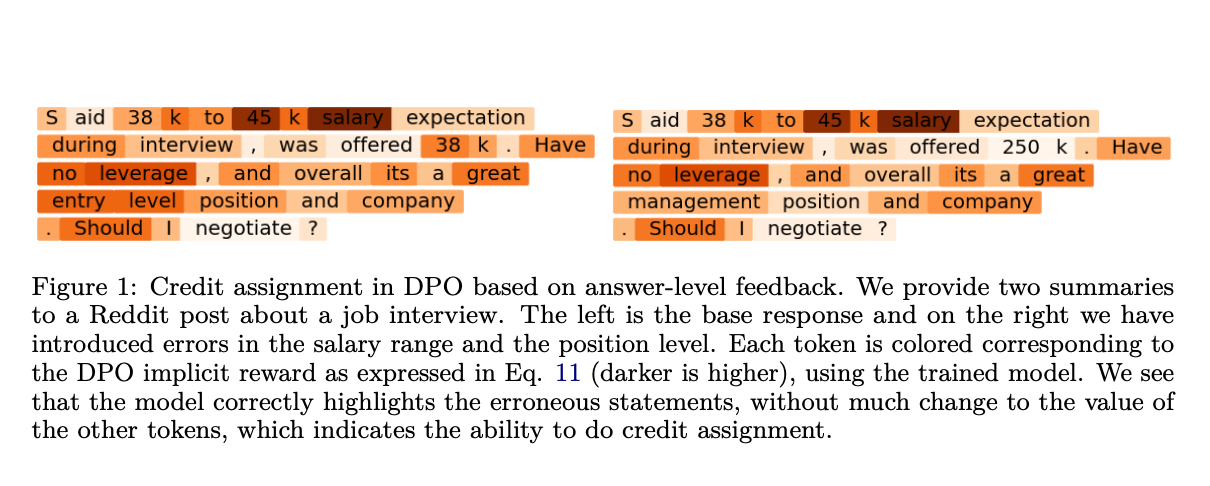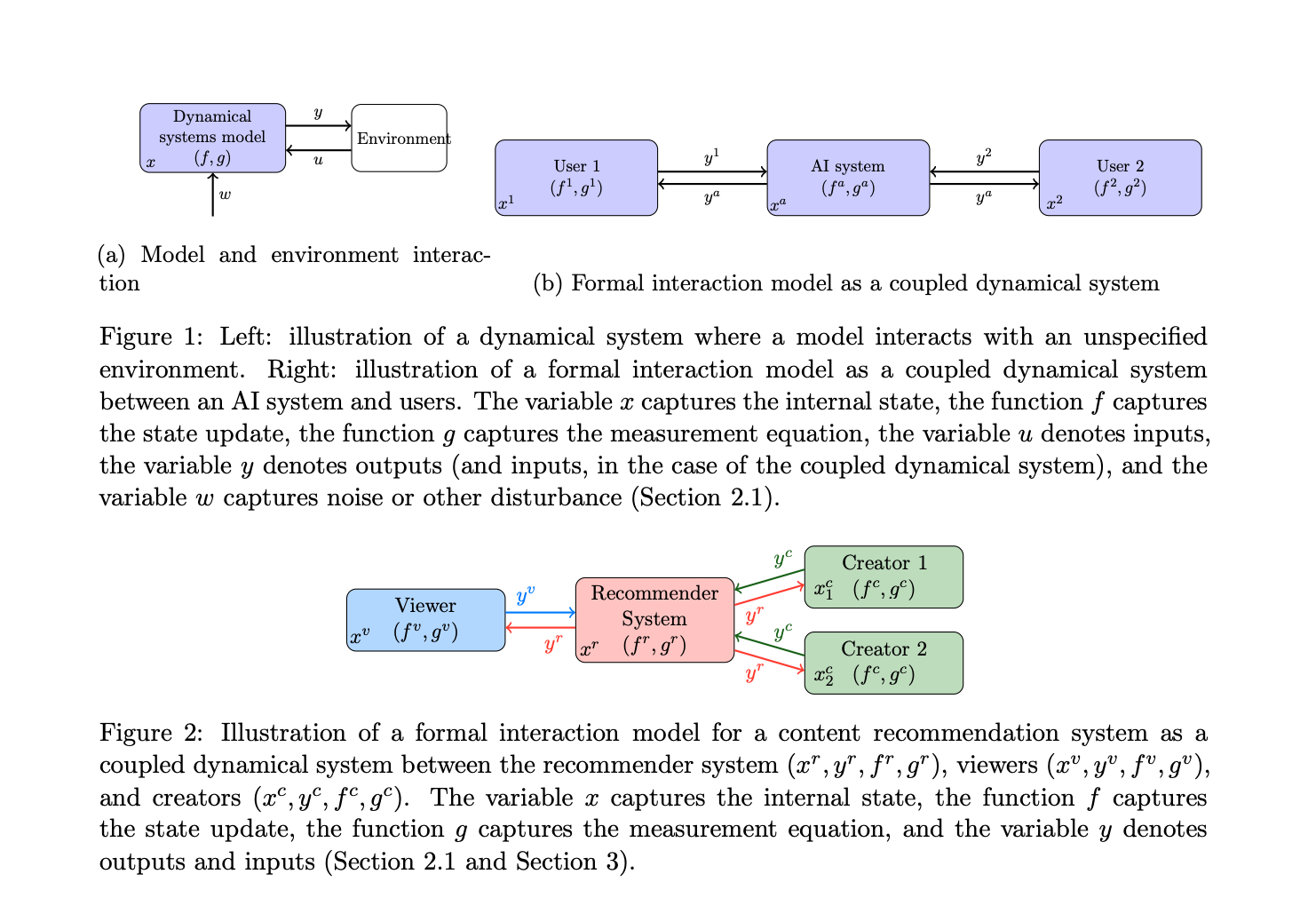Redundancy in AI: A Hybrid Convolutional Neural Networks CNN Approach to Minimize Computational Overhead in Reliable Execution

The inherent risks associated with AI systems, especially in applications like autonomous driving and medical diagnosis, where errors can have severe consequences, should be handled carefully, keeping the risk factor under control. The key challenge lies in developing dependable models and ensuring their reliable execution, including innovative approaches to mitigate these risks effectively. Researchers from the Institute of Embedded Systems Zurich University of Applied Sciences Winterthur, Switzerland, have come up with a method to address the challenge of ensuring the reliability and safety of AI models, particularly in systems where safety integrated functions (SIF) are essential, such as in embedded edge-AI devices.
The researchers observed that, while existing redundancy techniques are effective in ensuring reliability, they incur significant computational costs, frequently doubling or tripling the original costs. To address this, they propose the method of “redundant execution,” which integrates reliable model execution with non-reliable execution. This hybrid approach aims to focus on additional computational expense only where necessary, optimizing resources while ensuring dependable performance. By adopting a co-design approach and leveraging concepts from reliability engineering and multicore architectures, the proposed method seeks to extend the application scope of AI accelerators, particularly in edge-AI devices.
Redundant execution introduces the concept of a hybrid (convolutional) neural network designed to facilitate reliable neural network execution for safe and dependable AI. This hybrid network integrates redundant execution techniques with conventional convolutional neural network (CNN) architectures, ensuring the reliable execution of critical operations while conserving computational resources.
The experiments demonstrate the feasibility of this approach through evaluation techniques, including the recognition of “Stop” traffic signs as a use case. Implementation details and experimental results indicate that integrating dependability features into a neural network is feasible but requires optimization. The hybrid CNN architecture reduces the necessary reliable execution to limits determined by a dependable model, thereby conserving both footprint and computational power.
In conclusion, the proposed method, redundant execution, addresses the pressing need to ensure the safety and reliability of AI systems, particularly in safety-critical applications. By partitioning the CNN into reliable and non-reliable executions and integrating dependable data sets into the training process, the hybrid network achieves robustness and safety without significantly increasing computational overhead. The method has scope for further extension to more complex neural network architectures and applications with additional optimization. Overall, the research significantly contributes to achieving safe and dependable AI systems.
Check out the Paper. All credit for this research goes to the researchers of this project. Also, don’t forget to follow us on Twitter. Join our Telegram Channel, Discord Channel, and LinkedIn Group.
If you like our work, you will love our newsletter..
Don’t Forget to join our 42k+ ML SubReddit
Pragati Jhunjhunwala is a consulting intern at MarktechPost. She is currently pursuing her B.Tech from the Indian Institute of Technology(IIT), Kharagpur. She is a tech enthusiast and has a keen interest in the scope of software and data science applications. She is always reading about the developments in different field of AI and ML.











